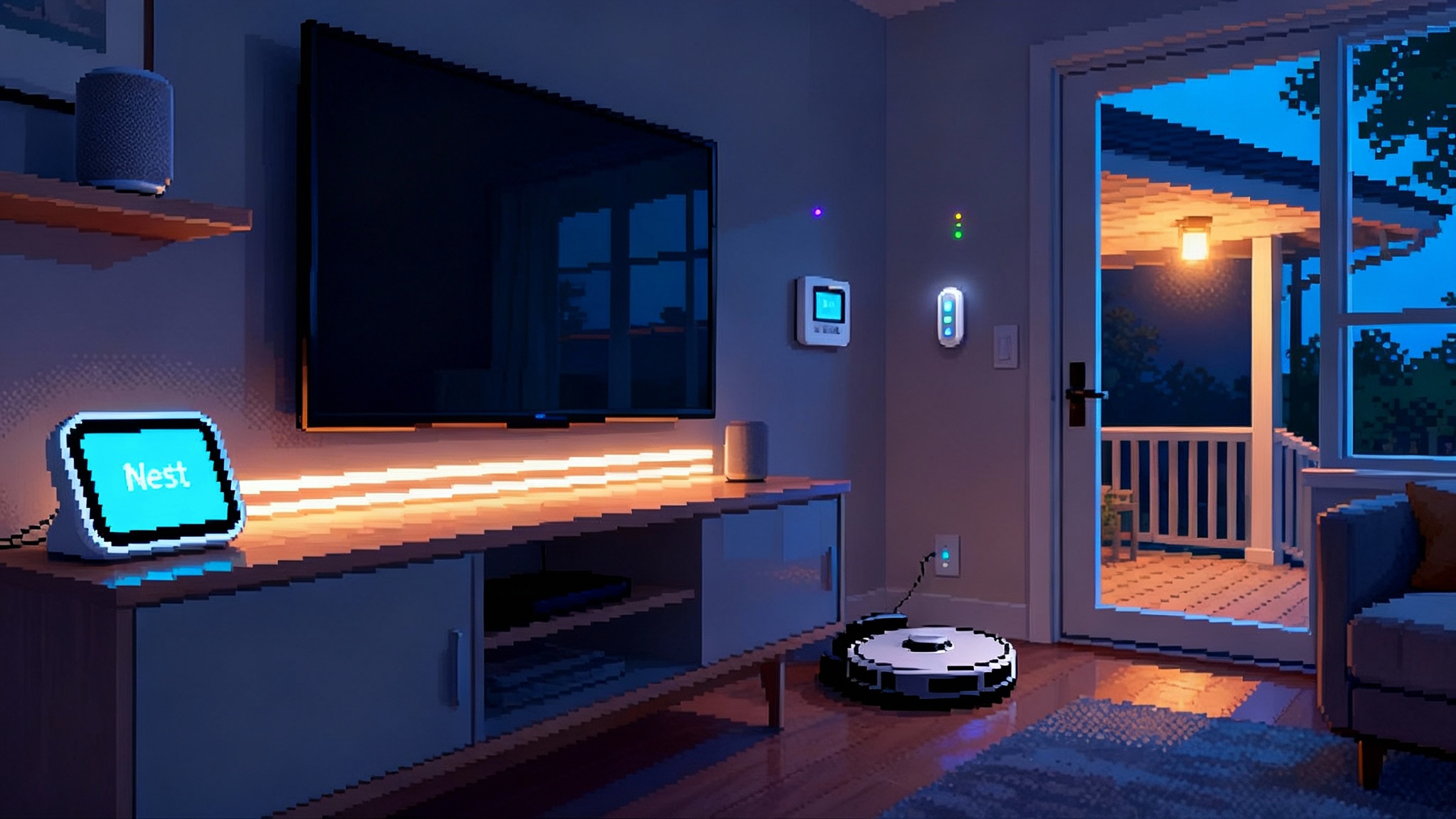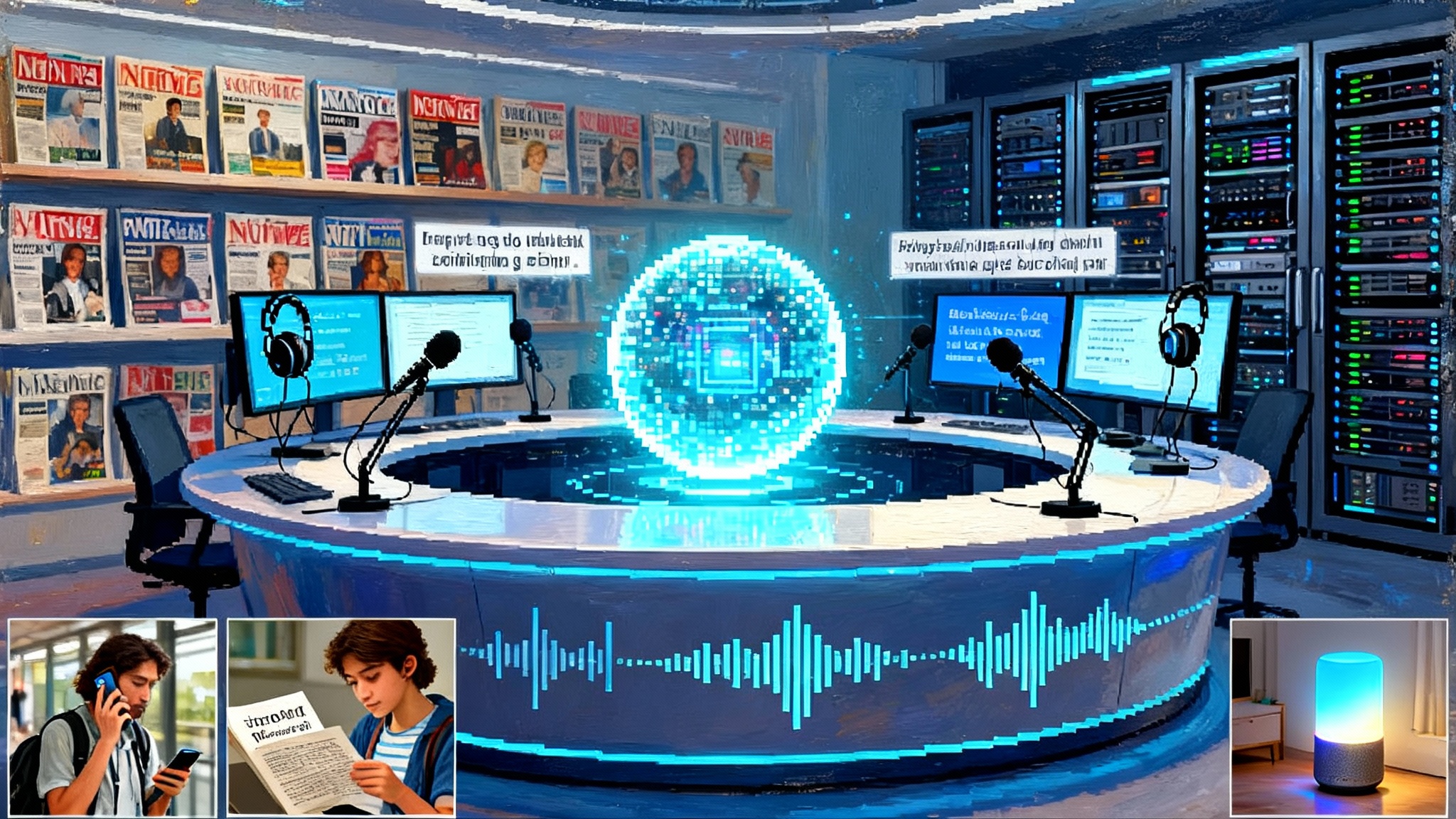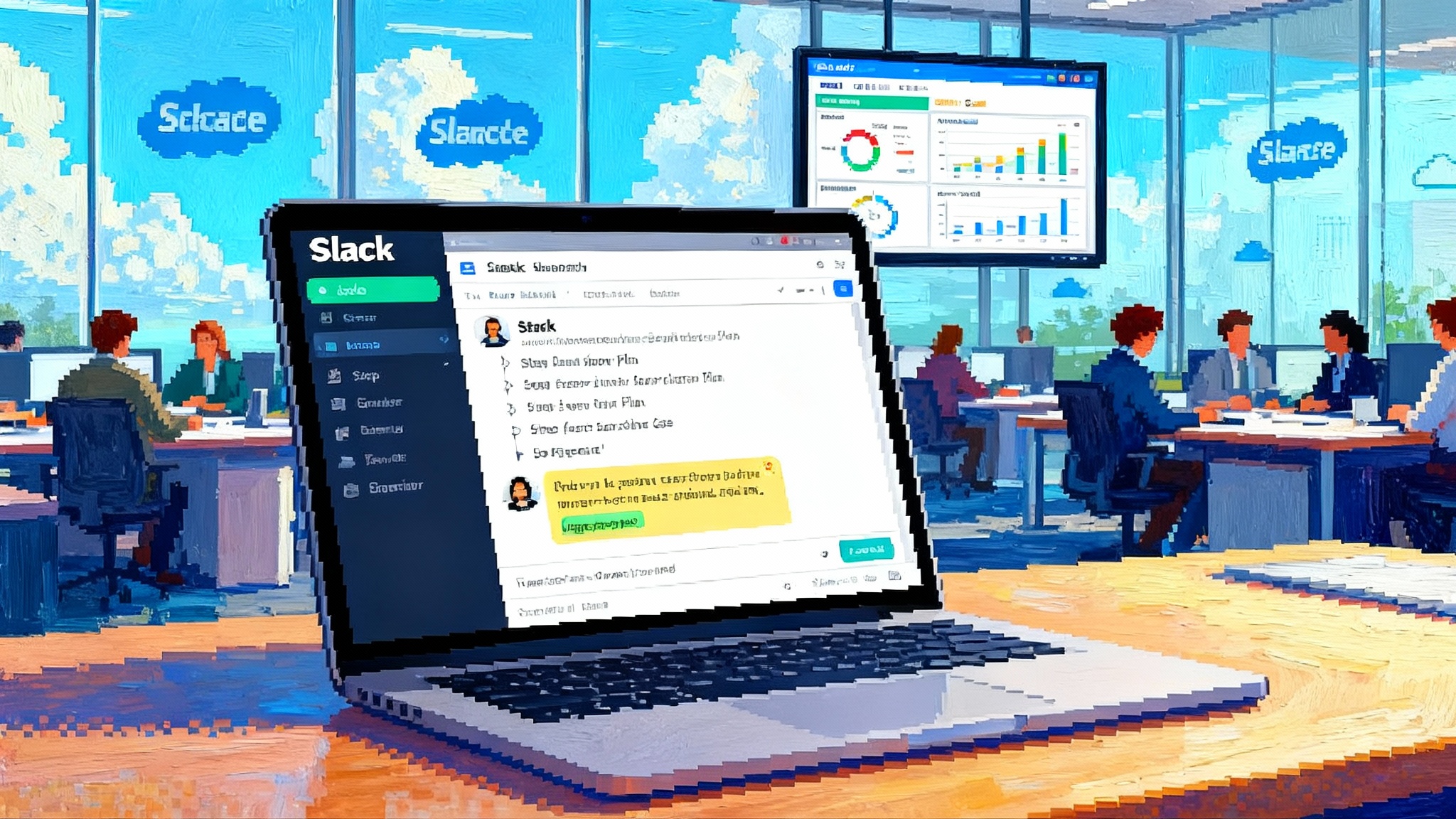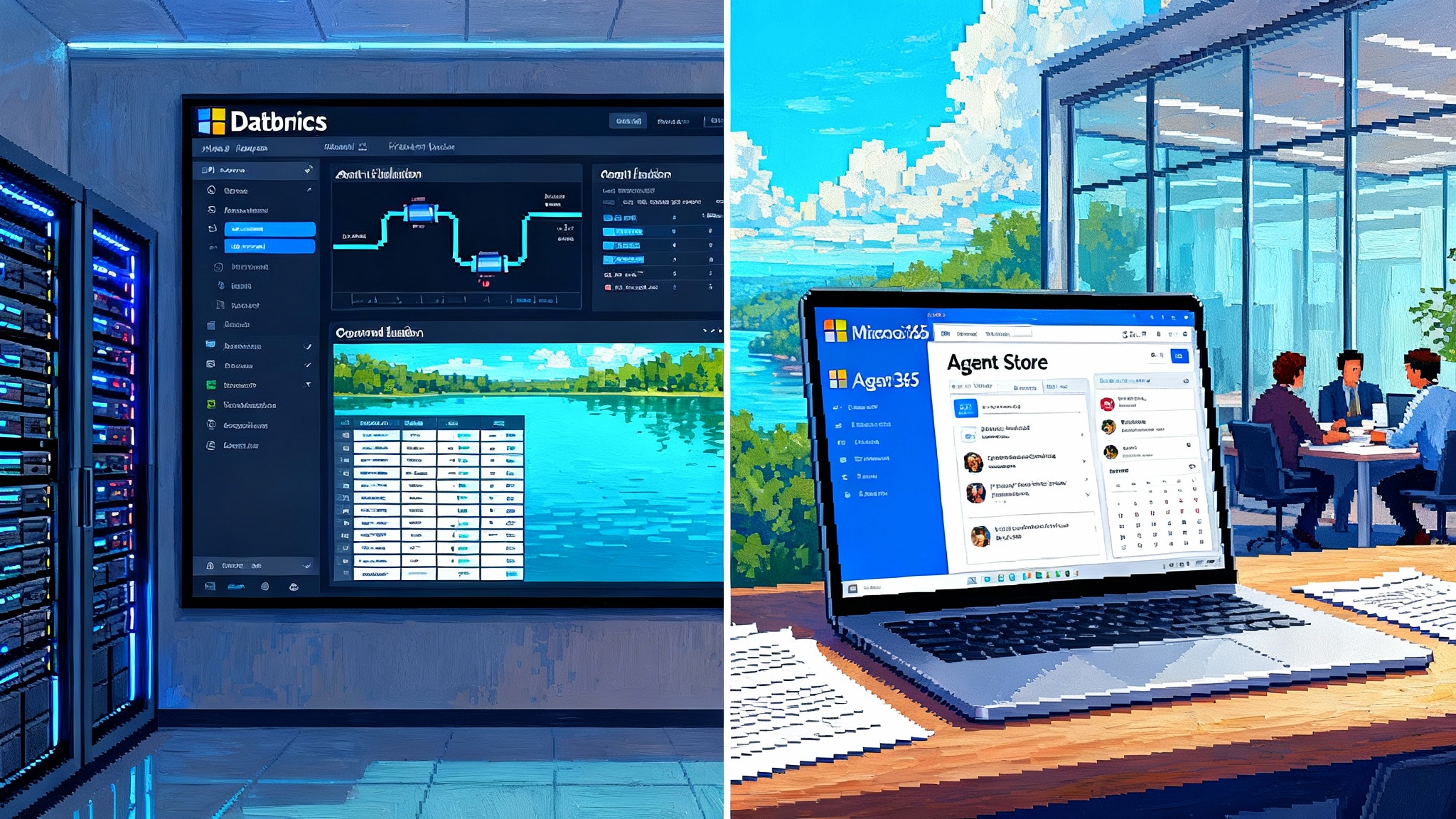Gemini for Home goes live and the living room leads
Google’s Gemini for Home early access arrives as Amazon rolls out paid Alexa+ and Apple delays its Siri revamp. The living room is becoming the first mass-market proving ground for autonomous AI agents that blend voice, vision, and device control.

Breaking: the smart home becomes the agent home
On October 29, 2025, U.S. users began getting early access to Gemini for Home, Google’s new household assistant that replaces Google Assistant on Nest speakers and displays. The move caps a month of announcements that started October 1, when Google said Gemini for Home would begin rolling out in early access and previewed a redesigned Google Home app, a new premium service, and partner hardware. The message was clear: the smart home is no longer a bundle of voice commands. It is a place where an autonomous agent can see, hear, plan, and act.
If you want the primary source, Google laid out the new direction and its early access timing in its own product update, including what features will sit behind its Home Premium subscription and how Gemini becomes the new default brain for Nest devices. Read the details in Welcome to the next era of Google Home.
This fall’s rollout does not happen in a vacuum. In February, Amazon introduced a paid version of its assistant called Alexa+, priced at $19.99 per month but included at no extra cost for Prime members, with early access starting in waves and a clear push toward more capable conversations and task completion. See Amazon’s description in Introducing Alexa+, the next generation of Alexa. Meanwhile, Apple has delayed major Siri upgrades to 2026. The consumer-first tilt mirrors patterns we covered in agents go retail analysis.
Why the living room beats the boardroom for agent scale
There is a simple reason your home may adopt useful agents faster than your office: action density. In a home, there are dozens of easy-to-measure, low-risk tasks that repeat every day. Lights, locks, cameras, thermostats, media, chores, and reminders form a constant stream of triggers and feedback. That creates a natural training loop for agents. Success or failure is obvious. If the kitchen lights did not dim for movie night, you notice immediately.
Offices, by contrast, present long, multi-stakeholder tasks that often depend on meetings, permissions, and legacy systems. Measuring agent success can take weeks and sometimes needs a committee. Procurement cycles also slow deployment. A consumer can opt in to a trial with a single tap.
Homes also ship with built-in sensors and actuators. Cameras, speakers, displays, smart plugs, and motion sensors produce the kind of real-world context that makes agents feel alive. When Gemini Live gained camera sharing and screen understanding earlier this year, phones and displays became a set of eyes and ears. Bring those capabilities into the home, add local device control, and an agent can do more than answer questions. It can change the state of your environment.
Voice plus vision plus control: how autonomy arrives
Think of autonomy in the home as three layers that finally interlock.
- Voice: Natural conversation is the front door. Gemini for Home adds more fluid dialogue and context carryover, so you can say “start bedtime,” then follow up with “actually keep the porch light on until 10.” Alexa+ promises similar conversational flexibility.
- Vision: Visual input turns an agent from a radio into a guide. The upgrades to Gemini Live that rolled out across 2025 added near real time camera understanding and on-screen guidance. Point your phone at the stovetop error code, and the agent can identify the model and pull the correct reset steps.
- Device control: The crucial finishing move is the command path to your home’s devices. Google has expanded local control for Matter devices and opened Home APIs to developers. That means the agent can not only suggest steps but also execute them, often without bouncing through the cloud.
Put these together and the house becomes a platform where agents can plan and act. A simple example shows the difference. In the old world you might say, “turn off downstairs lights.” In the new world, you can add intent and exceptions in a single breath: “Set the house to wind down, but leave the nursery lamp on and remind me if the back door is still open.” The agent understands state, acts across devices, checks conditions, and follows up if something is off. Richer context depends on durable memory, a theme in memory as the new UX edge.
On-device versus cloud reasoning: the new competitive edge
The next phase of the smart home battle will be decided by when and where the thinking happens.
- On-device reasoning: Running perception and simple plans locally reduces latency and helps privacy. Camera alerts that classify people, packages, or pets are natural candidates for local processing, as are short chains like turning on entry lights when a known face appears at the front door after sunset. Local execution also helps when the internet goes down. If a storm knocks out service, you still want voice commands and scheduled routines to work. The broader shift to standards like Matter is making this practical because devices can speak a shared local language.
- Cloud reasoning: More complex, multi-step tasks still benefit from cloud scale. Booking a repair, comparing energy tariffs, or summarizing a day of camera events across multiple feeds requires knowledge and compute beyond a single hub. An ideal system blends the two, using local skills for fast, private reflexes and the cloud for long plans and outside knowledge.
Google is leaning into this hybrid. Its local fulfillment for compatible devices reduces lag and improves reliability. Its cloud models handle reasoning-heavy jobs, such as analyzing clips or interpreting vague requests. Amazon’s paid strategy with Alexa+ suggests a similar split: sophisticated planning and third party service coordination live behind a subscription that helps fund ongoing model costs, while basic voice control remains free on legacy devices. Apple’s delay suggests it is still reworking how to balance privacy, on-device processing, and robust app control. Expect home hubs and browsers to converge as the client runtime, as we explored in browser as the agent runtime.
New APIs turn households into agent platforms
Agents cannot be useful without levers. This is why the opening of home platforms matters as much as model performance.
- Home APIs and automation: Google’s Home APIs moved into public developer beta this year with a Device API, a Structure API for rooms and homes, and an Automation API that lets third parties create reliable routines without brittle screen scraping. The most important addition is a language for conditions and schedules that developers can generate or edit with natural language. That makes it far easier to ship useful agent skills that are tailored to the particular devices and habits inside a given home.
- Camera and context surfaces: The redesigned Google Home app puts Gemini into “Ask Home,” a search and control surface that understands devices, events, and people. When combined with visual features from Gemini Live, developers can build agent experiences that accept camera context and then take action on the devices they manage.
- Matter and local hubs: With Matter support spreading and more hubs able to run local logic, the number of controllable endpoints jumps. That gives agents a bigger playground and reduces the risk that a routine fails because a cloud somewhere hiccupped.
Think of a home as a game board filled with tiles. APIs expose the rules for how each tile can move. Agents learn strategies, then execute them faster than a human could open five different apps and tap through nested menus.
What this means for adoption in 2026
The home will likely produce the first cohort of truly sticky consumer agents. Here is why.
- Clear outcomes: Agents in the home have simple, checkable goals. Did the lights dim, did the door lock, did the vacuum start, did the oven preheat on time. That clarity makes users confident and gives teams clean data on what to fix.
- Short feedback loops: People try these features many times a day. That frequency produces fast product learning. A small accuracy improvement turns into a big perceived win because the task repeats.
- Installation already done: Hundreds of millions of homes already have a capable speaker or display, a few smart bulbs, a thermostat, and a camera. No new behavior is required beyond updating an app and toggling early access.
- Affordable pricing: Subscriptions in the range of ten to twenty dollars a month are within reach for households that already pay for security cameras and music streaming. Amazon’s inclusion of Alexa+ in Prime and Google’s bundling of Home Premium into high tier AI plans lower the cognitive friction of trying autonomy at home.
- Social proof: Features like visual summaries of camera history or contextual reminders are easy to demo to family and friends. Word of mouth spreads faster than a workplace pilot program.
Enterprise agents will arrive, but they will grind through security reviews, compliance hurdles, and integrations with systems that have aged in place. Consumer agents that can turn the porch light on when the babysitter arrives will get there first.
Concrete scenarios that make the case
- Diagnosing appliances: You notice the dishwasher is not draining. You point your phone at the blinking panel. Gemini identifies the model, cites the likely blockage, offers to pause the next cycle, and messages you a step-by-step with photos. If that fails, it proposes a warranty check and schedules a service window that fits your calendar.
- Everyday safety: At 10 p.m., the agent checks sensors and issues a gentle nudge: “Back door is still unlocked and the garage motion sensor tripped at 9:52 p.m. Lock and turn on driveway lights for ten minutes?” You say yes. The devices update locally, and the agent logs the event so you can review the next morning.
- Energy savings without spreadsheets: On a hot day, the agent consults utility prices, your comfort preferences, and the weather. It precools the house by two degrees at 3 p.m., delays the dishwasher to off-peak, and asks whether to pause the dryer for twenty minutes to avoid a price spike. You approve once, then set it to automatic.
- Family coordination: “Start bedtime.” The agent sets lights, queues a playlist, locks doors, and checks whether any cameras saw the cat outside in the last hour. If yes, it alerts your partner’s phone. It also leaves the hallway lamp at 30 percent for safety until 11 p.m.
Each example blends voice, vision, and device control. None require you to open five apps or remember a dozen scene names. That is what people will pay for.
Privacy that people can understand
Privacy is not a press release line in the home. It is the difference between whether people leave the camera on or cover it with tape. The winning pattern is not slogans, it is mechanisms.
- Keep reflexes local: Motion classification, face recognition for known family members if enabled, and basic routines should run on device or on a local hub when possible. That reduces the need to send every frame or command to the cloud and improves reliability when your connection drops.
- Use the cloud for what only the cloud can do: Long plans, third party bookings, and summarizing complex histories belong in data centers. The right split is obvious to end users when you show them which parts run locally and which do not.
- Make consent granular and visible: People should be able to approve camera search over the last day for a specific pattern without turning on broad cloud storage. Successful products will give users a privacy slider, not an all or nothing switch.
Apple’s delay to 2026 is a reminder that getting this balance right is hard. Google’s hybrid design and Amazon’s new subscription both tell you the same thing: companies know privacy and cost control will decide who leads in the home.
What builders should do now
The playbook for developers and device makers is straightforward.
- Build with the new home APIs and plan for natural language: If your device or service can be controlled by an intent rather than a tap, implement it. Use the Automation API so an agent can chain your feature into routines without brittle hacks.
- Exploit local where it matters: Support Matter and local execution so your features feel instant and still work when the internet flickers. Cache recent state on device so the agent can make decisions without re-querying the cloud.
- Design for visual guidance: Provide clean labels and consistent states that an agent can highlight on screen. If your appliance has a display, document the error codes so vision models can recognize them.
- Show the user what the agent did: A simple activity log that says what changed and why is how you build trust. People forgive mistakes when they can see the plan.
- Price like a utility, not a toy: Bundle real, recurring value into a modest subscription or include it with something customers already have. Autonomy must feel like hot water or lights. Always there, not a party trick.
The next twelve months
Expect more visual capabilities to move from phones into fixed home surfaces, more local skills to land in hubs, and more appliances to expose clean controls. Expect pricing experiments as companies learn how to package autonomy. Expect a wave of early adopter feedback that sounds like this: it finally just works.
The surprise is not that agents are coming. It is where they will prove themselves first. Your living room is ready because it has everything an agent needs. A voice to understand. A scene to see. Devices it can command. The home is where autonomy stops being a demo and starts being dinner, bedtime, and lights out.








